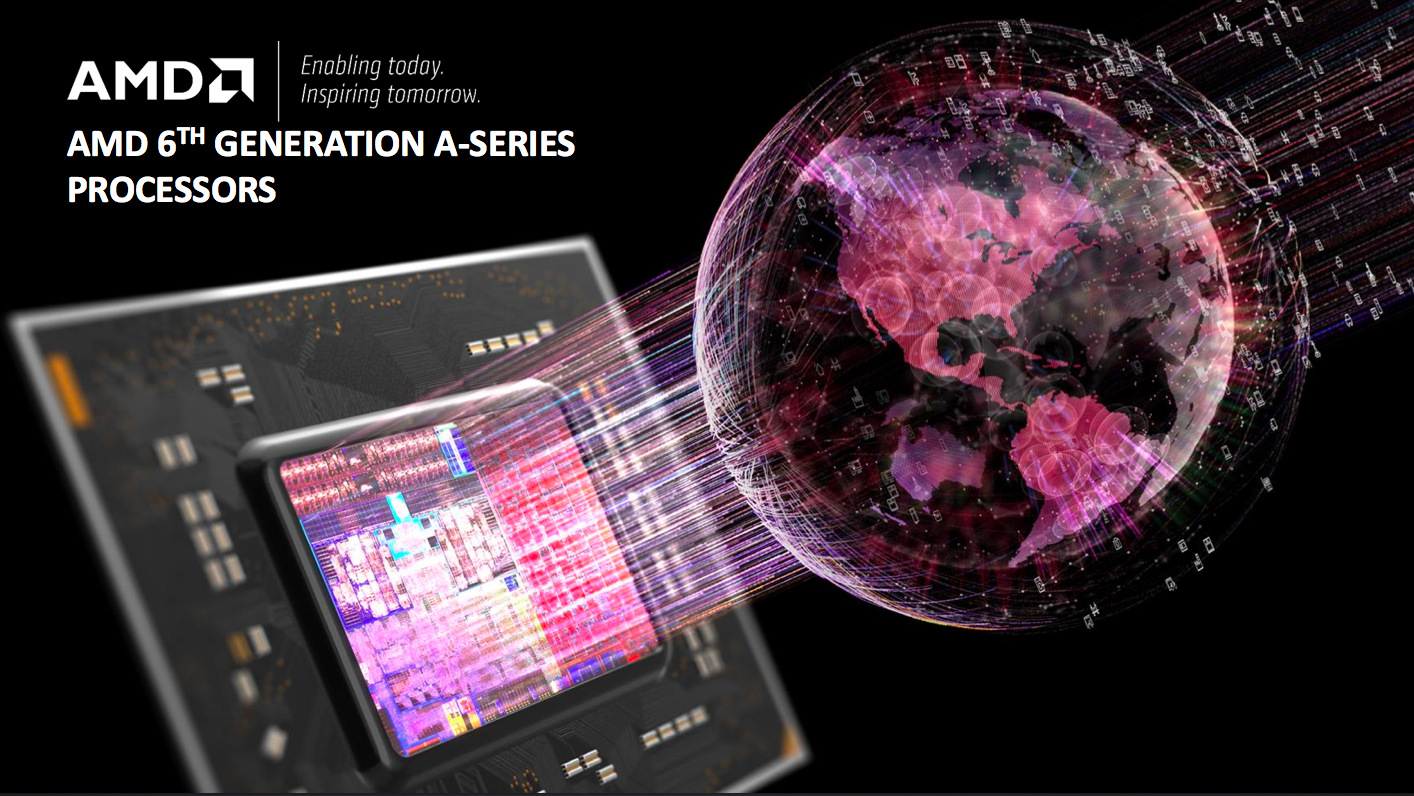AMD's Carrizo notebook APU launches with promising efficiency improvements

It’s a big summer for AMD. New graphics cards are right around the corner, and DirectX 12’s ability to leverage discrete and integrated GPUs seeminly has the potential to breathe new life into AMD’s processors, which have long struggled against Intel in CPU performance. A couple weeks before Computex, AMD held a small briefing in San Francisco to talk about some of its less flashy hardware improvements coming this year in the form of Carrizo, its 6th gen notebook processor, which is launching today.
Carrizo isn’t as exciting as new graphics cards, and it’s not a powerful chip for gaming. It’s aimed at cheap mid-range $400 - $700 notebooks, which no one buys with gaming as a priority. But AMD’s trying to make the case that Carrizo’s graphics core has enough power to play the games that count for the mainstream. And you can probably guess what those games are: League of Legends, Dota 2, Minecraft, CS:GO.
AMD claims Carrizo delivers twice the graphics performance of Intel’s integrated i7 graphics. For a concrete example, Carrizo delivers about 48 fps in League of Legends at 1080p, settings maxed. That’s shy of the smooth 60 fps any serious player would want, but close enough for a solid 60 to be achievable with a few tweaks. More importantly, Carrizo’s far more power efficient than before, delivering about 9 hours of 1080p H.264 playback and double the battery life of the previous gen.
It’s the first mainstream notebook chip to have a built-in HEVC (H.265) hardware decoder, which is great for playing video, but not especially relevant to gaming. But that’s AMD’s whole pitch with Carrizo—they claim people buy mainstream $400-$700 notebooks expecting them to do a little bit of everything, and there are certainly plenty of low-spec games out there that will run fine on a Carrizo laptop.
The bigger story with the new APU is really how much AMD did with so little. Despite still being on a 28nm process, AMD’s engineers managed to improve the density of the CPU by about 38% after being inspired by the efficiency of the GPU core. That shrinkage increased power efficiency, leading to less thermal leakage, which allowed them to run the voltage and clock speed of the CPU higher without any new architectural improvements.
The GPU’s seen performance improvements as well, but Carrizo still isn’t going to be a APU anyone turns to for a dedicated gaming system. It can beat out very low-end dedicated graphics and Intel’s integrated chips, but not a decent dedicated mobile GPU. Still, it’s an impressive engineering feat. If AMD can squeeze this much energy efficiency and performance out of a dated platform, we can hopefully expect something equally impressive from next year’s desktop Zen processor.
The biggest gaming news, reviews and hardware deals
Keep up to date with the most important stories and the best deals, as picked by the PC Gamer team.

Wes has been covering games and hardware for more than 10 years, first at tech sites like The Wirecutter and Tested before joining the PC Gamer team in 2014. Wes plays a little bit of everything, but he'll always jump at the chance to cover emulation and Japanese games.
When he's not obsessively optimizing and re-optimizing a tangle of conveyor belts in Satisfactory (it's really becoming a problem), he's probably playing a 20-year-old Final Fantasy or some opaque ASCII roguelike. With a focus on writing and editing features, he seeks out personal stories and in-depth histories from the corners of PC gaming and its niche communities. 50% pizza by volume (deep dish, to be specific).

